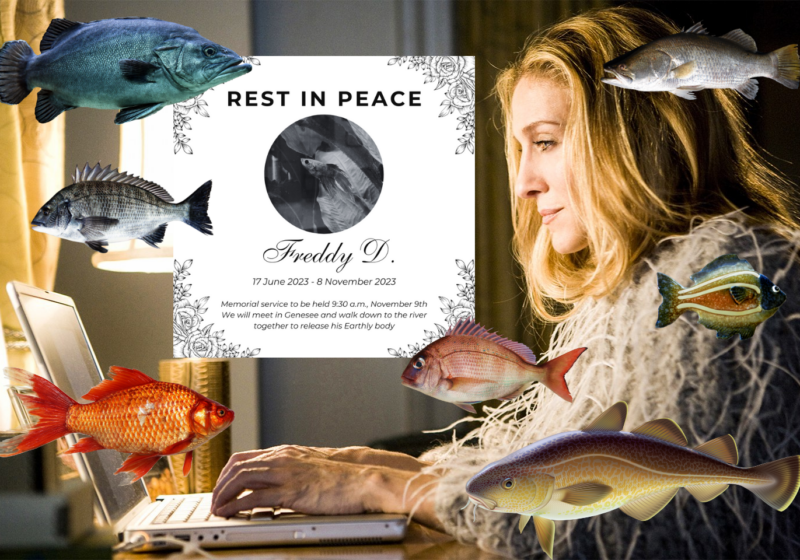UR can be proud that it consistently ranks among the nation’s top 40 research universities.
Founded in 1850, it is also one of the nation’s older research universities. It has been in continuous operation for longer than other venerable institutions such as Cornell, Stanford, and the University of Chicago. Rem Koolhaas’s Milstein Hall at Cornell and 41 Cooper Square by Morphosis at the Cooper Union are recent stunning — and challenging — buildings that extend the legacy of those institutions into the present.
Unlike those and numerous other peer institutions, however, UR has failed to invest in visionary architecture. This is not merely an aesthetic failure. It is also a pedagogical one. Visionary campus architecture — architecture that pushes the norms of building and that through design forces of us to question how we learn — indeed tends to be more expensive and riskier in its challenge to the status quo. But it also provides plenty of rewards whose returns, even if only in purely financial terms, are ultimately worth it.
Visionary architecture is essential in placemaking, engendering a sense of belonging, allegiance, and excitement that bonds the University community with the campus and the institution. It is no coincidence that the two most photographed places on campus for purposes of recruitment and advancement — the Eastman Quadrangle and Wilson Commons — are its two most coherent architectural spaces, both firmly entrenched in an intellectual project as well as the zeitgeist of their respective decades.
While some of the most recent additions to the campus — O’Brien, Genesee, Wegmans, and Rettner halls — fulfill their ostensible programmatic needs, they exhibit a timidity inside and slavish conformism to the University’s ubiquitous brick architecture outside that falls well short of visionary. Perhaps they have been hemmed in by budget, the absence of a design culture that comes with an architecture school and faculty, or the misguided imperatives of historical “contextualism.” Regardless, these buildings are sorely missed opportunities to do something “ever better.”
Meanwhile, institutions with far less in the way of resources and with less august histories have understood the importance of visionary campus planning. Take for example Paul Rudolph’s design for the University of Massachusetts, Dartmouth, or Candilis, Josic, and Woods’ Free University in Berlin in the middle of the 20th century. These institutions have embraced architecture as an essential tool in building their intellectual identity and staking that identity in contradistinction to other universities. On both campuses, I have observed students and faculty engaged in spontaneous conversation and freewheeling learning in the hallways, a far cry from the dreary crush of the tunnels at UR where there are constant leaks and nowhere to sit.
I.M. Pei, when he designed Wilson Commons, strategically embedded furniture and lamps into his design in an attempt to recreate a plaza-like atmosphere in the atrium, allowing the University community to recreate a town center–like space even in the depths of the cold Rochester winter. And yet, even here, the University’s finest work of modern architecture, the administration failed as custodians of the good architecture they do have, when they decided to rip out that furniture and replace it with incongruous chairs and tables scattered willy nilly that lend the building more the feel of a bus station than a town center. What this prevents in social interaction, intellectual exchange, and just feeling inspired on a day-to-day basis may not be something we can measure in metrics or dollars, but it is certainly something we can lament.
There are a few steps the University could take to ameliorate this situation in the future. For starters, the University’s campus planners and upper administration should build a board of advisors informed in architecture and planning matters, be it within or external to the University. Secondly, the University should award major commissions through juried competitions, which enhances both the quality and visibility of new projects. Finally, the University should take a more active role in promoting awareness for the importance of these environmental questions through any number of venues, including symposia, workshops, and town halls.
I know many of us who believe this added effort in shaping our shared space is well worth it.




